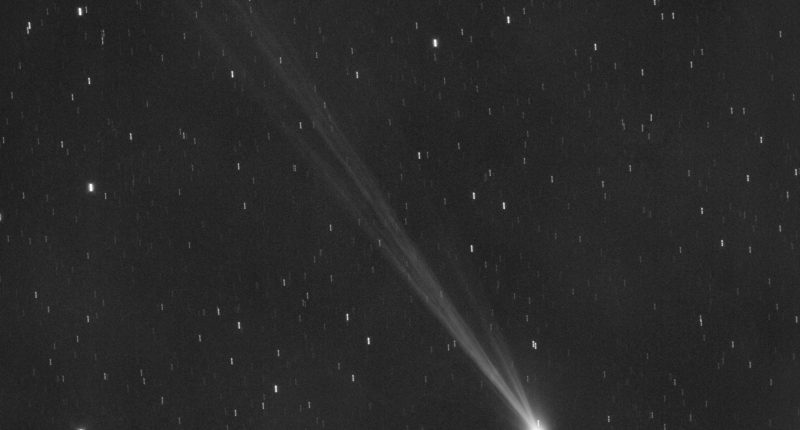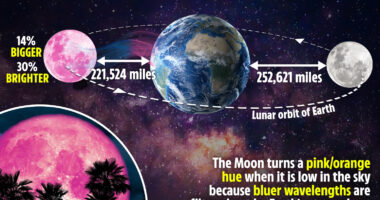A COMET that has just been recently discovered will be zipping by our solar system soon and you’ll want to catch a glimpse of this one.
The last time this comet passed through was 400 years ago and it will not be making a return for another 400 – but it will be visible from Earth for a short period.
The comet was discovered by an amateur Japanese astronomer in mid-August and was named after him as “The Nishimura comet,” Associated Press reported.
It is rare for an amateur to be the first to spot a comet due to the professional sky surveys done by high-tech telescopes.
The comet is also special due to its large size of a half mile or 2,600 feet long.
Comets are frozen leftovers from the formation of the solar system composed of dust, rock, and ice, according to NASA.
HOW TO SPOT THE COMET
The comet will pass Earth on September 13 and will be 78million miles away when it does.
“The comet looks amazing right now, with a long, highly structured tail, a joy to image with a telescope,” Italian astronomer Gianluca Masi, founder of the Virtual Telescope Project, said in an email, per AP News.
To find the comet in the sky, you’ll need to wake up about an hour and a half before sunrise.
You want to look toward the northeastern horizon.
Most read in Tech
Specifically, less than 10 or so degrees above the horizon near the constellation Leo.
The comet is said to be tricky to spot – it is visible to the naked eye but will be faint.
It will be its brightest when it is the closest to the sun.
But it will gradually drop lower in the sky.
“So, you really need a good pair of binoculars to pick it out and you also need to know where to look,” said Paul Chodas, manager of NASA’s Center for Near-Earth Object Studies, per AP News.
COMET PASSES THE SUN
On September 17, the comet will be its closest to the sun before it completely exits our solar system.
Once the comet gets close enough to the sun, its visibility will get lost in the sun’s glare, according to Masi, per AP News.
The comet could possibly shrivel up once it gets close to the sun but Chodas noted it will most likely survive.


“It’s likely to survive its passage.”
If the comet survives, it will be good news for the Southern Hemisphere as it will be visible there until the end of September, per Masi.









